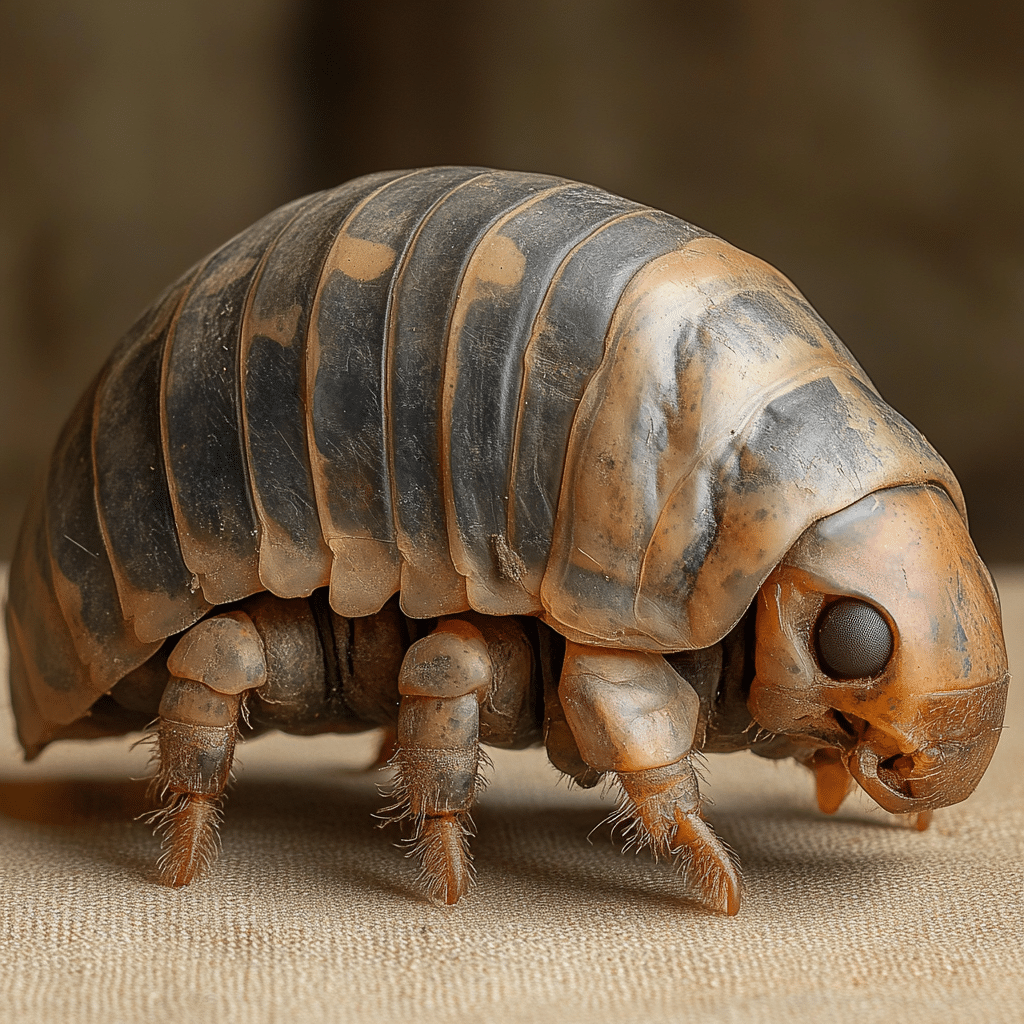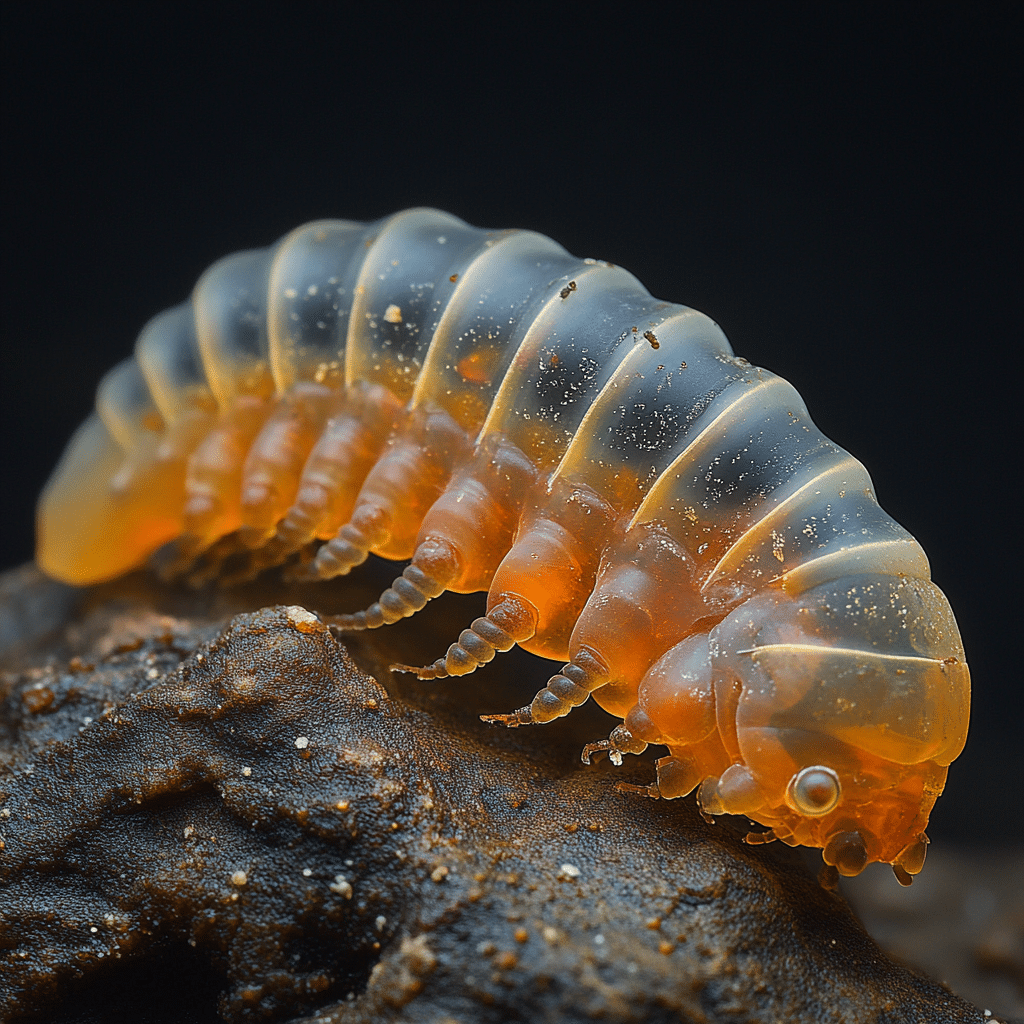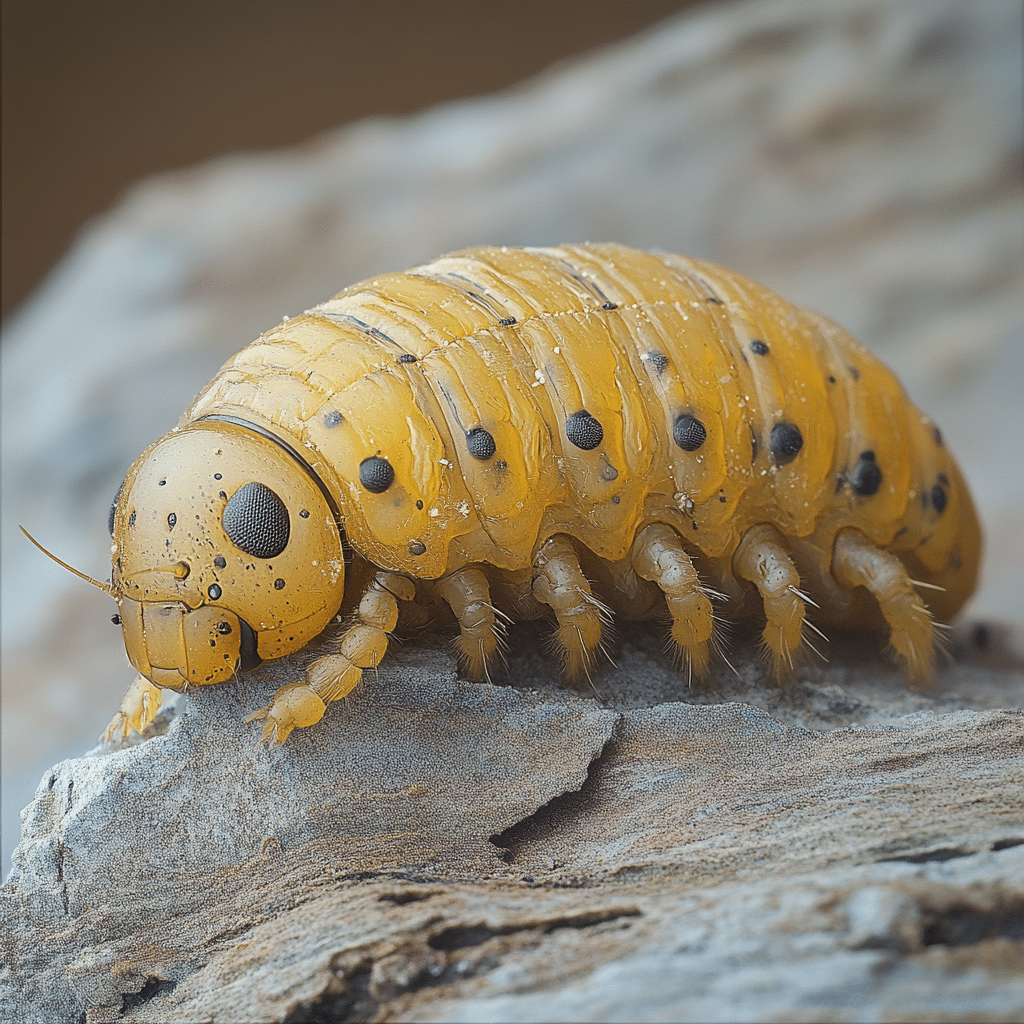Flea pupae, often overlooked in pest control discussions, hold a critical role in flea infestations. These tiny creatures can go dormant for months and are responsible for making infestations particularly stubborn. In this article, we’ll dive into the secrets surrounding flea pupae and why they are a hidden menace in many homes. It’s time to shine a light on these critters to help you better protect your living space from an unwelcome flea invasion.
7 Flea Pupa Secrets That Keep Your Home Infested

1. Dormancy Adaptations
Flea pupae are champions of survival. They can enter a dormant state, allowing them to wait out unfriendly conditions, much like a bear hibernating through winter. Research shows that up to 95% of fleas in an environment can be in the pupal stage, dormantly waiting for the right moment to emerge. This characteristic makes it possible for flea populations to explode almost overnight, catching unsuspecting pet owners off guard.
2. Environmental Triggers for Hatching
Did you know that flea pupae have a keen sense of their surroundings? They respond to specific environmental triggers like heat, vibrations, and carbon dioxide. For instance, research from Orkin highlights that the warmth from pets and people can signal pupae to emerge. If your home feels cozy, you might inadvertently be rolling out the welcome mat for adult fleas.
3. Long Survival Time
When it comes to the duration of the pupal stage, flea pupae have some impressive staying power. The pupal stage can last anywhere from 5 days to several months, contingent on the environment. They tend to wait until conditions are just right, often coinciding with warmer weather. So, if you live in a temperate area, you could find yourself dealing with a surge in fleas during the warmer months.
4. Mistaken Treatment Methods
Many pet owners make the mistake of relying solely on treatments targeting adult fleas. Products like Frontline Plus are great for adult fleas but don’t impact pupae, allowing those pesky critters to remain unharmed. It’s essential to approach treatments with a comprehensive strategy that considers all life stages of fleas to ensure complete eradication of the infestation.
5. Microenvironments That Favor Pupae
Flea pupae have a penchant for dark, hidden spaces where they can develop in peace. Carpets, upholstery, and pet bedding serve as perfect breeding grounds. If your cleaning routine skips deep-cleaning these areas, you might unknowingly be creating a thriving environment for fleas. Regular vacuuming can genuinely disrupt pupal development and limit the chances of an outbreak. Pest control experts agree: frequent cleaning can turn the tide against fleas.
6. Resistance to Conventional Treatments
Flea pupae aren’t just tough; they’ve developed resistance to many conventional pesticides. According to the Journal of Medical Entomology, while adult fleas are susceptible to treatments like pyrethroids, encapsulated flea pupae often remain unaffected. This resistance allows infestations to linger, inevitably leading to frustration among pet owners trying to eliminate them.
7. Proactive Prevention Measures
The key to combating flea infestations lies in proactive prevention. Implementing a multifaceted strategy works wonders. Professional pest control services, such as Terminix, suggest combining chemical treatments with non-chemical methods like steam cleaning and diatomaceous earth. These approaches can effectively penetrate the protective cocoon of flea pupae to exterminate them. Plus, regular vet-recommended flea preventatives for your pets can interrupt their life cycle before pupae even have a chance to emerge.

Innovative Solutions for Homes at Risk
Understanding the secrets of flea pupae empowers pet owners to combat infestations effectively. Comprehensive strategies that consider the entire life cycle of fleas are essential. Regular deep cleaning, along with the right treatments for both pets and the environment, drastically reduces the likelihood of re-infestations.
Awareness is your best friend in this battle. Explore innovative practices, such as using steam cleaners on carpets, to destroy flea pupae at their source. Utilize natural remedies, consult with pest control experts, and share your knowledge with fellow pet owners to create a wave of informed individuals ready to tackle these hidden threats. Remember, knowledge is indeed the first step toward a pest-free home!
Whether you’re dealing with a yard full Of dog shit or trying to find a way to make sure your blonde cocker spaniel stays free of fleas, it’s all about being prepared. Don’t forget to check out resources like Can Revolution Plus be used To treat Tapeworms in Cats for further insights and tips!
By integrating innovative practices and leveraging professional pest control insights, you can transform your home into an inhospitable environment for fleas at all life stages. With commitment and vigilance, you’ll keep these unwelcome guests at bay and help ensure the safety and comfort of your beloved pets.
Flea Pupa Secrets That Keep Your Home Infested
Understanding the Enigmatic Flea Pupa
Flea pupae might just seem like teeny, obscure life stages in the flea cycle, but these little guys are key players in your home becoming infested with fleas. You see, they’re like ninjas—hiding in plain sight until conditions are just right for them to emerge. A pupa can stay dormant for several months, waiting for the perfect heat and vibration signals to say, “Hey, it’s time to party!” This dormant stage is one reason why flea infestations can be tough to shake off. Just like how a comfortable north face Hoodie can lure you into cozying up at home, conditions in your space can coax those pests into action.
The Life Cycle and Survival Skills
Now, here’s a fun tidbit for you: a flea pupa has a sticky casing that’s tricky to spot. They cozy up in carpets, cracks, and cushions, making their homes nearly impossible to detect! Each pupa is a clever little survivalist, resilient enough to withstand cleaning and vacuuming. So once they hatch, they can quickly lay eggs and multiply faster than you can change your Fortnite Pfp! Plus, did you know that flea pupae can jump up to 200 times their own body length? They’re the athletes of the insect world! If you think about it, that’s like jumping the length of a football field in just one bounce.
Flea Control Requires Strategy
When tackling a flea infestation, it’s essential to focus not just on adult fleas but also on those sneaky pupae. Regular cleaning helps, but you’ll need a layered approach. Think of it as strategizing your moves like My Hero academia bakugo—always a step ahead of the game! Moreover, just as some pet owners wonder if they should offer their feline friends a snack—like can Cats eat cucumber—it’s crucial to know what methods to use against these pests while keeping your furry friends safe. With persistence and the right techniques, you can break the flea cycle. Remember, it’s about outsmarting them, not just in the battle against fleas but in your quest for a bug-free environment!
In conclusion, don’t underestimate those little flea pupae; they bring a whole lot of chaos with them once they decide to make their move! And if you don’t keep an eye on them, you might find your home turning into a playground—a bit like the wild world of Daisy de La Hoya! So gear up, and let’s take the fight to those pupae and reclaim your space!



